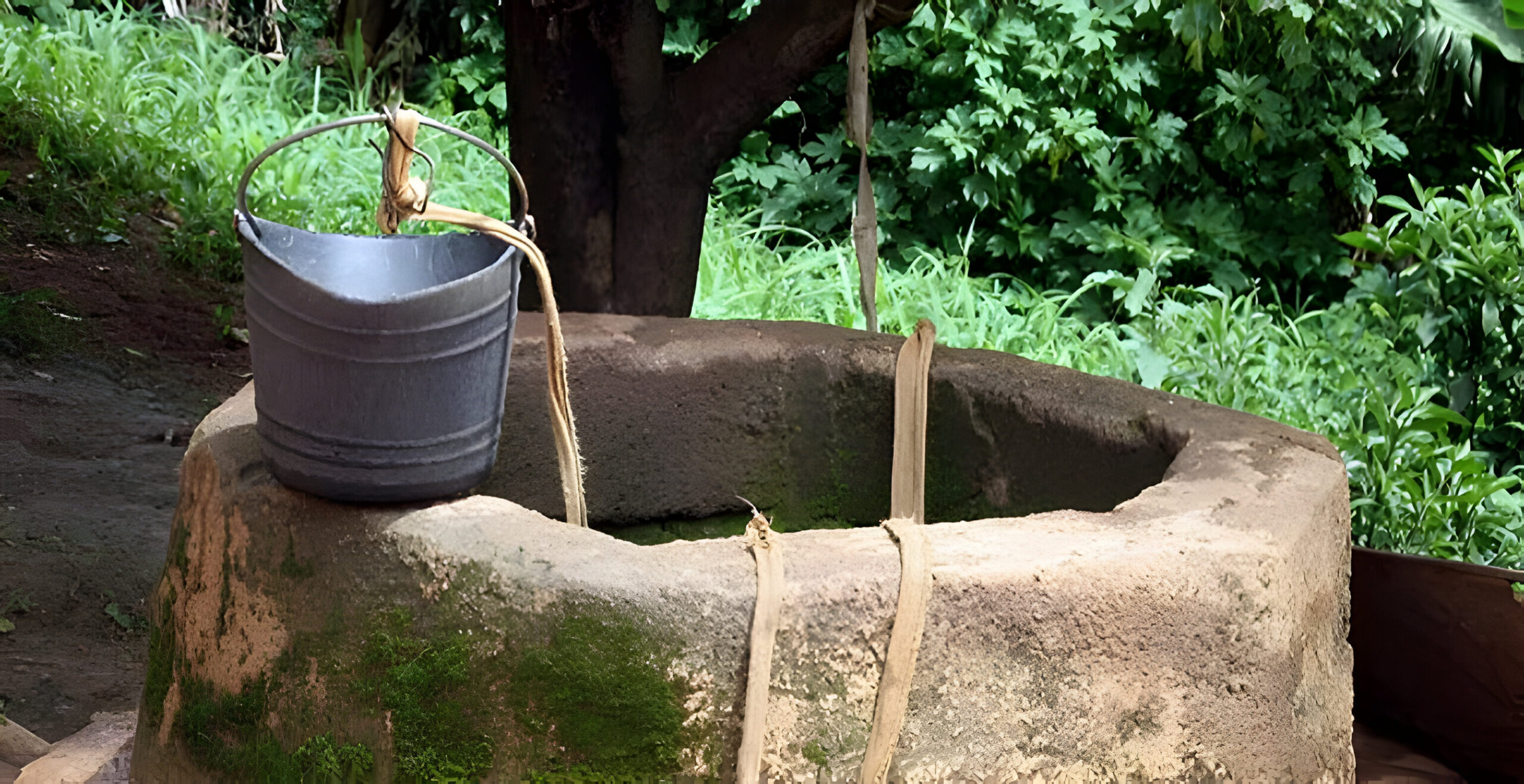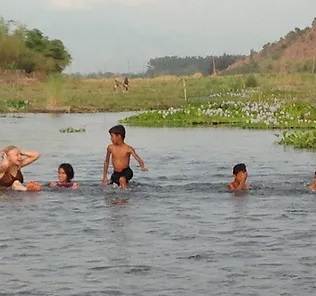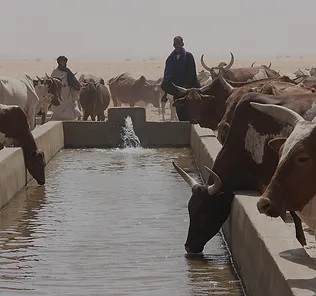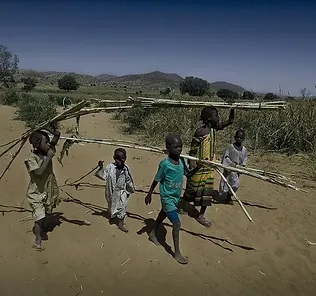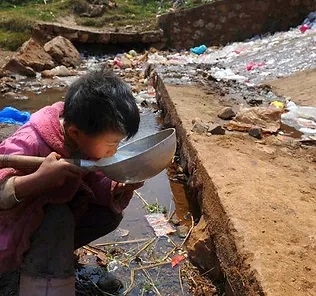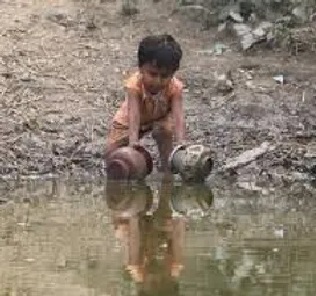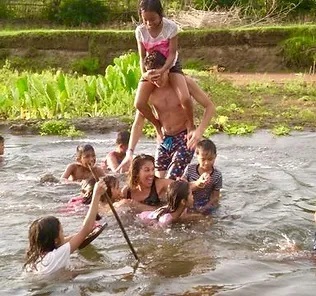More than 840,000 are estimated to die each year from diarrhea as a result of unsafe drinking-water, sanitation, and hand hygiene. The deaths of 360,000 children under the age of five could be avoided each year if these risk factors were addressed. The simple behavior of handwashing with soap can save lives, cutting diarrhea by almost one-half and acute respiratory infections by nearly one-quarter. Safe water, clean hands, healthy bodies. Time lost to sickness is reduced and people can get back to the work of lifting themselves out of poverty. The lack of clean water and sanitation causes 80% of all sickness and disease in the developing world – affecting more people than war, AIDS, and famine combined.
Even though more than 2 billion people have gained access to an improved sanitation facility since 1990…another 2.4 billion people still lack access to improved sanitation—technologies such as flush toilets, piped sewers, or even a ventilated pit latrine.But when they have access, water sources can be kept safe and free of fecal contaminants. Teaching people to wash their hands and properly use latrines saves more lives than any vaccine. in fact, sanitation and hygiene programs double the impact of every water project – decreasing disease in a community by an average of 47%.
Let’s not also forget the school days lost each year due to illness and children leaving school to collect water. Waterborne parasites such as roundworm, whipworm, and hookworm impact children’s ability to attend school and focus in the classroom, limiting their potential. These and other diseases—along with the time-consuming chore of hauling water for the family—cause absenteeism and early drop-out. Globally, 69 percent of schools have adequate water access.4 But safe water access near every school, even on-site, can keep kids in class. When students are freed from gathering water, they return to class. With proper and safe latrines, girls stay in school through their teenage years. The water crisis creates huge obstacles to improving education in the developing world. When a child’s day is spent fetching clean water or battling a water – related disease, attending school is simply not possible.
The burden of fetching water often falls on women, preventing them from working or getting an education. Walking long distances to get water increases the risk of sexual assault, and the lack of proper sanitation facilities is the main reason young girls drop out of school. Access to clean water helps women get the same opportunities as men.
Access to water leads to food security. With less crop loss, hunger is reduced. Schools can feed students with gardens, reducing costs.
On average, globally, women and children spend 200 million hours every day collecting water, often for water that’s already contaminated. Too often the journey is not safe. Trails can be steep and rocky or muddy and slippery. And when women walk alone, they are often vulnerable to sexual assault. Women and their children suffer most without water, but they’re also poised to make the biggest changes in their communities once they gain safe-water access.
Safe water removes the single heaviest burden from the lives of the poorest people in our world.Not having to deal with this daily crisis means time for school, work, life, and health—and allows individuals and communities to plan for tomorrow. Every dollar you invest in safe water and sanitation yields $4 in health care savings, improved health, and time saved.
On average women and children in the developing world walk a distance of 6 kilometers (3.7 miles) each day collecting water. Providing access to clean water relieves this burden and unleashes the freedom to work, learn, grow, and dream.
When churches take an active leadership role in promoting safe water, sanitation, and hygiene services, the impact multiplies. Churches have access to local knowledge, resources, and relationships, and research shows that they can have a strong influence on health behaviors like handwashing. As community members witness a church that is both proclaiming and demonstrating the gospel in this way, they come to see that the church cares about them as whole people. The church builds local credibility, grows its Christian witness, and builds leadership skills for the future.

